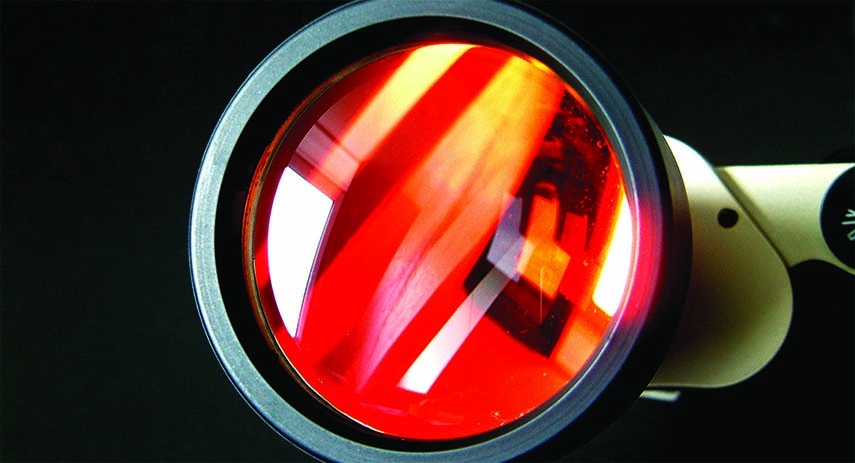Malware – even the name should be enough to strike fear into the heart of technology.
You’ve read the breakdown. You have squinted suspiciously at emails, your firewall and your antivirus programme. You know that cybercrime is a harsh reality that nobody can escape. So now what? Well the answer lies in getting to know the different types of cyber threat and understanding how they work, what they can do to you and your technology, and what defends against them. In this instalment we are taking a deeper look at malware, one of the grand daddies of cybercrime.
The definition
Malware isn’t actually one kind of cyber threat, it is actually the collective name for a bunch of malicious attack vectors that include viruses, ransomware and spyware. Malware is actually more defined by what its creators want to do with it rather than its features and abilities. Now it most commonly used to extort money, steal sensitive information, spy on people, or send spam emails.
“Malware is an abbreviated form of malicious software. This is software that is specifically designed to gain access to, or damage, a computer, usually without the knowledge of the owner. There are various types of malware, including spyware, ransomware, viruses, worms, Trojan horses, adware, or any type of malicious code that infiltrates a computer.” – Norton [Malware Definition]
Fun fact: Malware’s origins aren’t nefarious. Originally, malware was used to play pranks on people. Now, of course, the software has evolved into something far more malicious, but at the time it was all about experimenting with what code could do and having fun. The first ever computer virus is widely considered to be Creeper.
The threat
Malware is unpleasant. It can permeate anything from your mobile phone to your desktop computer to your portable devices. It is possibly one of the biggest threats on the internet today, particularly because it can come in so many different forms and flavours, and because it tends to woo the unwary and the curious. It’s also the most annoying – many forms of malware are designed to make people click on links or share information before they realise they’ve been duped.
Malware can sneak into your system in a variety of ways. It can make use of a vulnerability in your operating system (which is why you need a good antivirus), you can click on an attachment or a link that will launch the virus into your system (this applies to email, social media and instant messaging platforms such as WhatsApp), suspicious websites, and clever emails that encourage you to enter private information into fake websites.
And these are just some of the examples out there as each type of malware uses its own methods to spread. Just remember, its entire purpose in life is to reach as many devices as possible, to get as far as possible and to cause as much damage/get as much information as possible.
Some of them are even blended together to create completely new and inventive ways of attacking devices. And others, such as wiper malware, are there just to destroy all information on a computer or a network. They don’t want anything, can’t be stopped and will essentially ruin your system. These are often used after a successful hack to remove evidence of the attack or to maliciously destroy your data (and your day).
Fun fact: The most virulent of the malware wipers is Petya, a virus that made the news thanks to its brutality and its nasty blend of wiper and ransomware. People who were hit by Petya were told that they could remove the virus and unlock their data if they paid a ransom only to discover that Petya had already destroyed it.
Malware can affect your android devices, your Apple devices, your Mac and your PC.
The protection
Here are four steps that you should follow to protect your system and life from malware:
- Update, update, update. Regardless of your operating system you must ensure that your software is patched and up to date. Macs are vulnerable to malware so you need to update them too. It’s advisable to put all your updates on automatic so your system downloads and installs them automatically. Yes, it is annoying when your entire system shuts down for an update, it’s more annoying to have to buy a new computer.
- Don’t open it. Honestly, don’t. If you receive an attachment from someone you don’t know, rather check it is a legitimate attachment before clicking on it. The same goes for links embedded in emails. Look at the spelling, the way the email is worded and whether or not it is the kind of email that the person would send to you normally. Malware uses someone else’s address – often a trusted one – to send these.
- Get an antivirus programme and keep it updated. Ensure that you have an excellent antivirus programme that can alert you to suspicious emails, websites and attachments, among other things.
- Learn about the different types of malware and how they work. The more educated you are around their risks, appearances and warning signs, the better you can protect against them. You are the first line of defence in preventing an attack for many of these malware programmes.

